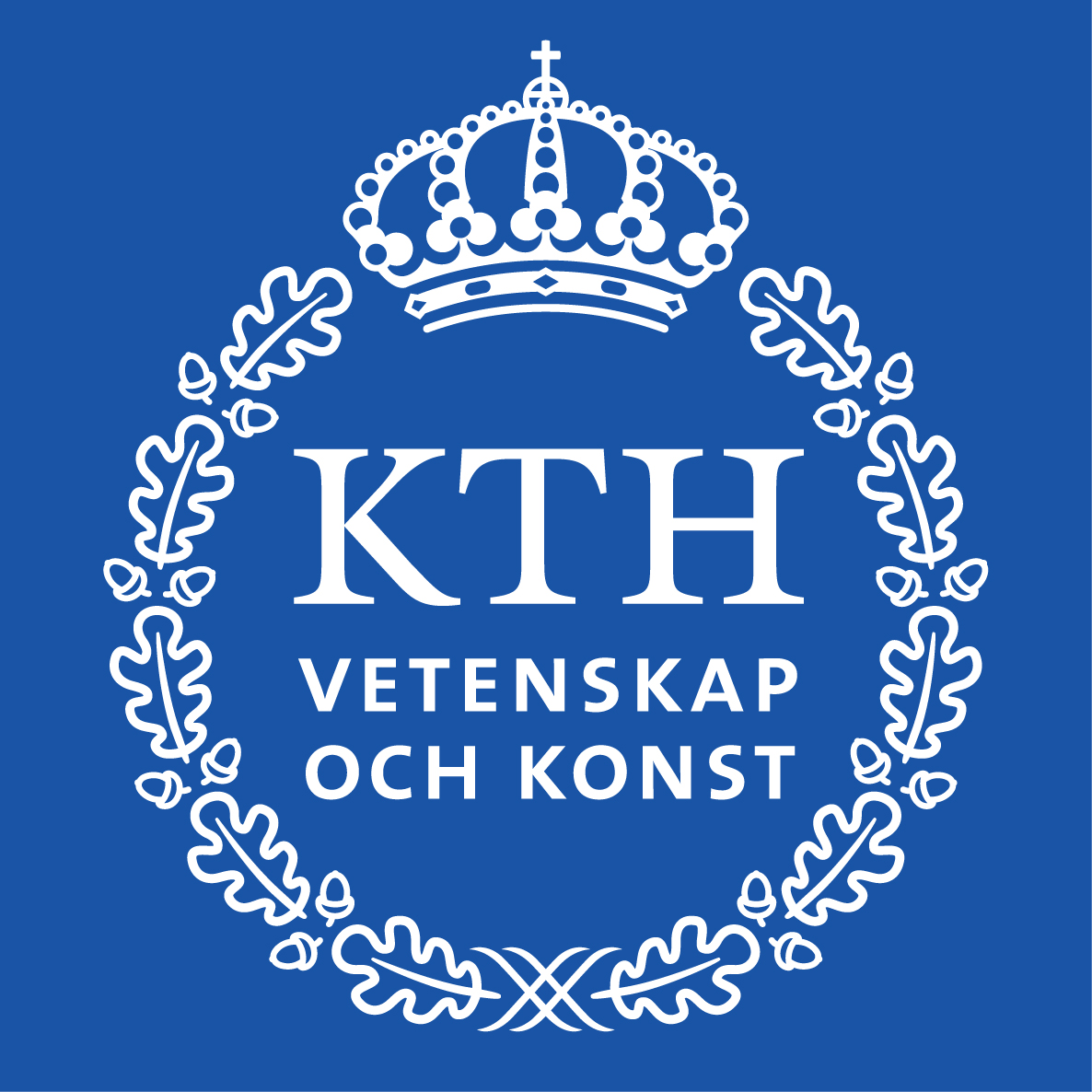There is a wide class of materials where a fiber network is the main load-carrying component. This class encompasses paper, paperboard, tissue and many biopolymers. These materials are known to have outstanding stiffness-to-mass ratio which is one of the reasons they are so abandon in nature. We will study this class of materials by considering paper and its applications. Despite being simple in use, paper constitutes one of the most complex materials among those you encounter in your daily life. Paper can be easily tested mechanically and exhibits a whole range of behavior during converting and end-use. Paper is heterogeneous and anisotropic. In a number of applications, it is used beyond its elastic limit. The strength of paper is size-dependent and is different in tension and compression. Furthermore, paper absorbs water, which changes its mechanical properties and dimensions.
Course content:
Learning objectives:
After the course, the students should be able to
– describe and analyseimportant paper technology applications using correctsolid mechanics terminology,
– relate the results from the most important methods for mechanical testing of paper and board to the appropriate solid mechanicsterminology,
– describe important aspects of the constitutive modellingof paper and board for analyses of converting and end-use applications,
– demonstrate the benefits of mathematical modellingand numerical analyses in paper technology applications,
– discuss and argue for experimental and numerical results orally and in writing, and
– appreciate the advantages, disadvantages andlimitations of using paper as a renewable material.
ECTS:
- 6.0
LOCATION:
- Stockholm
REGISTER BEFORE:
Schedule:
Contributors:
Literature:
Prerequisites:
Course fee:
Course responsible:
- The course is given in cooperation with KTH

If you have problems with the registration please contact education@treesearch.se

